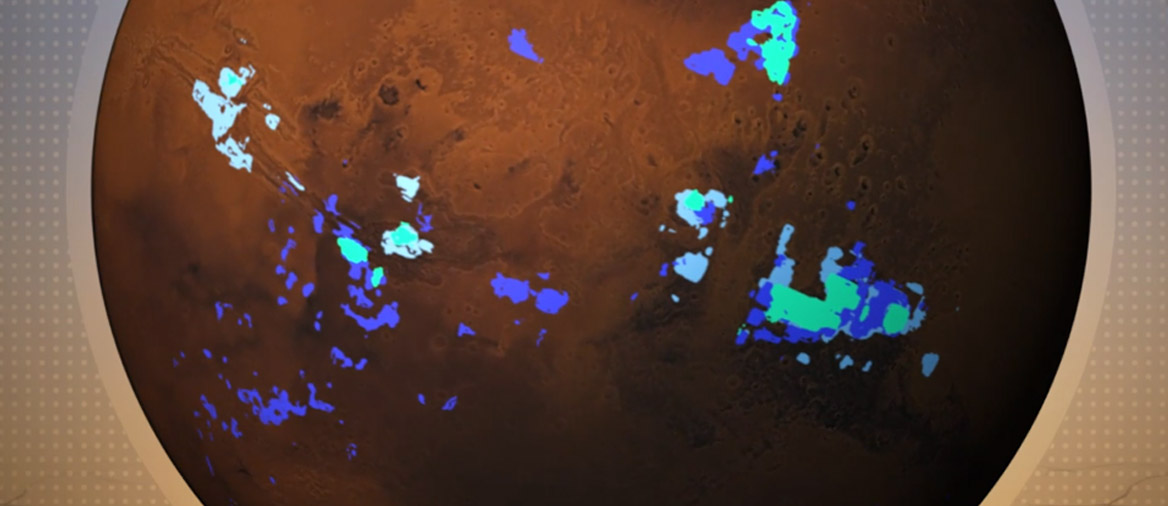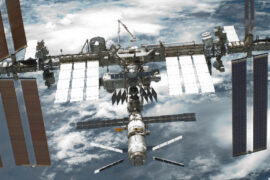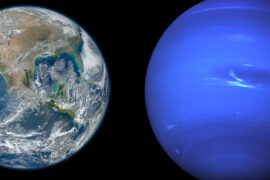We have talked about the ways mankind will have to work around basic functions such as breathing on Mars when we finally decide to try and colonize our red neighbor. But that’s not the only challenge. Finding the most essential resources like food and water on Mars is not going to be an easy task. Its not like there are Martian cows or lakes waiting for us.
But you might wonder, “well, we have plenty of water on Earth, so why not bring some of it to Mars?”
While that is definitely going to be the case for the first few manned missions when you start talking about building a permanent colony on a different planet, transporting large amounts of water starts to become impractical as it would be too heavy and expensive to do so. If a Martian colony is to succeed, it will have to be able to sustain itself with the resources found locally.
In this article, we are going to look at all the ways that scientists believe could help us obtain water on Mars.
Is there even water on Mars?
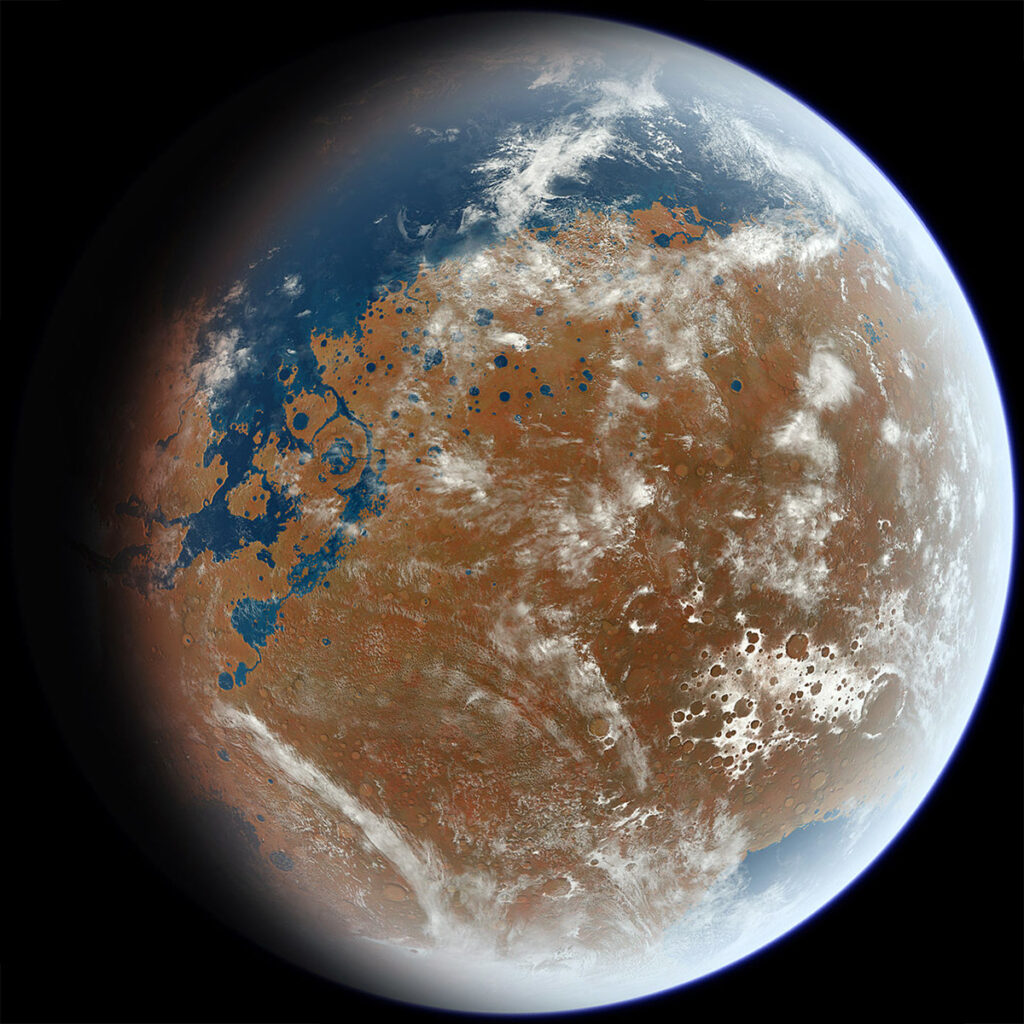
The fact that water exists on Mars has really never been up for debate. We know that Mars has two frozen poles with plenty of frozen water (ice). You can even see them from your backyard using a moderately powerful telescope.
So, to answer that shortly, there is definitely water on Mars. At least in solid form.
Now, the question that kept scientists awake was if there was liquid water on the surface of the red planet. That would have many implications for the possibility that life could have existed on Mars at some point and would solve many of the mysteries that remain about the geology of the planet.
Over the years, the answer to the question of “is there liquid water on Mars” has gone from “maybe” to “most likely, yes”. We’ll get into the specifics below when we talk about the different water sources on Mars.
Do we need liquid water on Mars to colonize it?
That would be ideal as it would require less work to get it and process it, but it is not entirely necessary. We have processes on Earth to melt and condense water that is found in solid and vapor forms.
Water sources on Mars
There are three possible water sources on Mars:
- Ice caps
- Liquid water below the ice caps
- Hydrous minerals
Let’s analyze each of them to see how feasible they are.
Ice caps
The largest amount of water on Mars is unfortunately in the form of ice. So it is a long way from being suitable for human consumption. However, we need water for more than just drinking. Liquid water is also essential to produce fuel that would make trips between Earth and Mars more efficient. And of course, we would also need it for agriculture, industrial processes, etc.
The good news is that there is plenty of ice in the Martian north and south poles. The bad news is that getting it and turning it into liquid water is not easy.
The North pole of Mars can reach temperatures as low as -240°F (-151°C), making it an extremely harsh environment for humans. For comparison, the south pole, which is on average the coldest of the two poles on Earth, generally reaches temperatures of “just” −76°F (−60°C) during the winter.
Getting water from ice caps is not too hard. We already have a way to do that. You basically just drill and drop a heat rod that melts the ice and then pump the water. The problem is that it is very inefficient in terms of energy.
Liquid water below the caps
Sometimes below places with lots of ice like in the poles, warmer pockets can form where liquid water can exist. This is very likely the case on Mars.
Using advanced radar techniques, laser-altimeter data, and computer models, scientists have found evidence of liquid water on the south pole of the red planet. And while it can’t be 100% confirmed until someone goes and digs a hole, there’s a high chance it is there.
Since this is a relatively recent discovery, there are still many questions. How much water there is? How deep is it? and how hard would it be to get it?
Getting these answers might be crucial to our chances of building a functional colony on Mars so NASA is already working on some experiments and missions that could clear things up.
Hydrous minerals
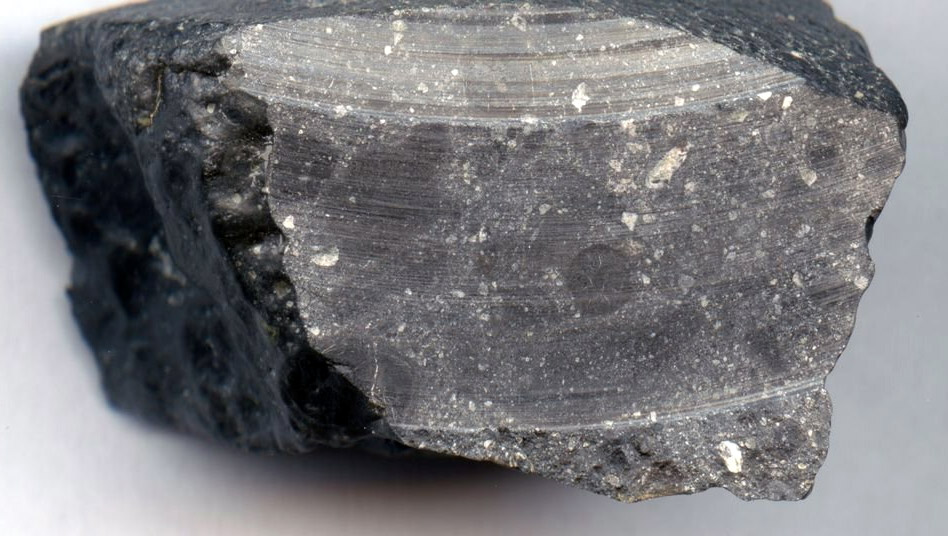
Some theories suggest that a long time ago Mars had a liquid ocean of water just like Earth.
One of the biggest reasons to believe this was the case is hydrous or aquos minerals. These are certain types of rocks like gypsum that “absorb” water and integrate it into their structure.
Scientists have identified these types of rocks on Mars thanks to the various rovers that have been sent to explore the planet and because of Martian meteorites that have reached Earth.
The water in these minerals can be extracted by crushing them to pieces and then “baking” them at high temperatures.
NASA has started to identify areas where these rocks could be found in higher concentrations and some locations seem very promising.
Is the water on Mars drinkable
Unfortunately, the water on Mars is not drinkable or even usable for things like agriculture or industrial processes. Even if we can find it in liquid form.
Martian water will most contain salt, heavy minerals, perchlorates, and other stuff that only will make it harmful to humans, but also make it unusable for pretty much every other purpose we need it for.
We already have on Earth the chemical processes to desalinate and purify water, but there are two problems. First, it is very costly in terms of energy, and second, we don’t know if there are any other contaminants that aren’t being taken into account.
Then there’s the issue that any machine that goes to Mars needs to be specifically built to work under different environmental conditions which is a whole thing by itself.
Learn more about Mars
Check out the following articles to learn more about Mars’ colonization.
Summary
- There is water on Mars. Lots of it.
- Most of it is frozen in the ice caps, but it is very likely some could be found in liquid form.
- The three main sources of water on Mars are the ice caps, the (theoretical) oceans underneath the poles, and hydrous minerals.
- After getting the water, it will still need to be purified to make it usable.

